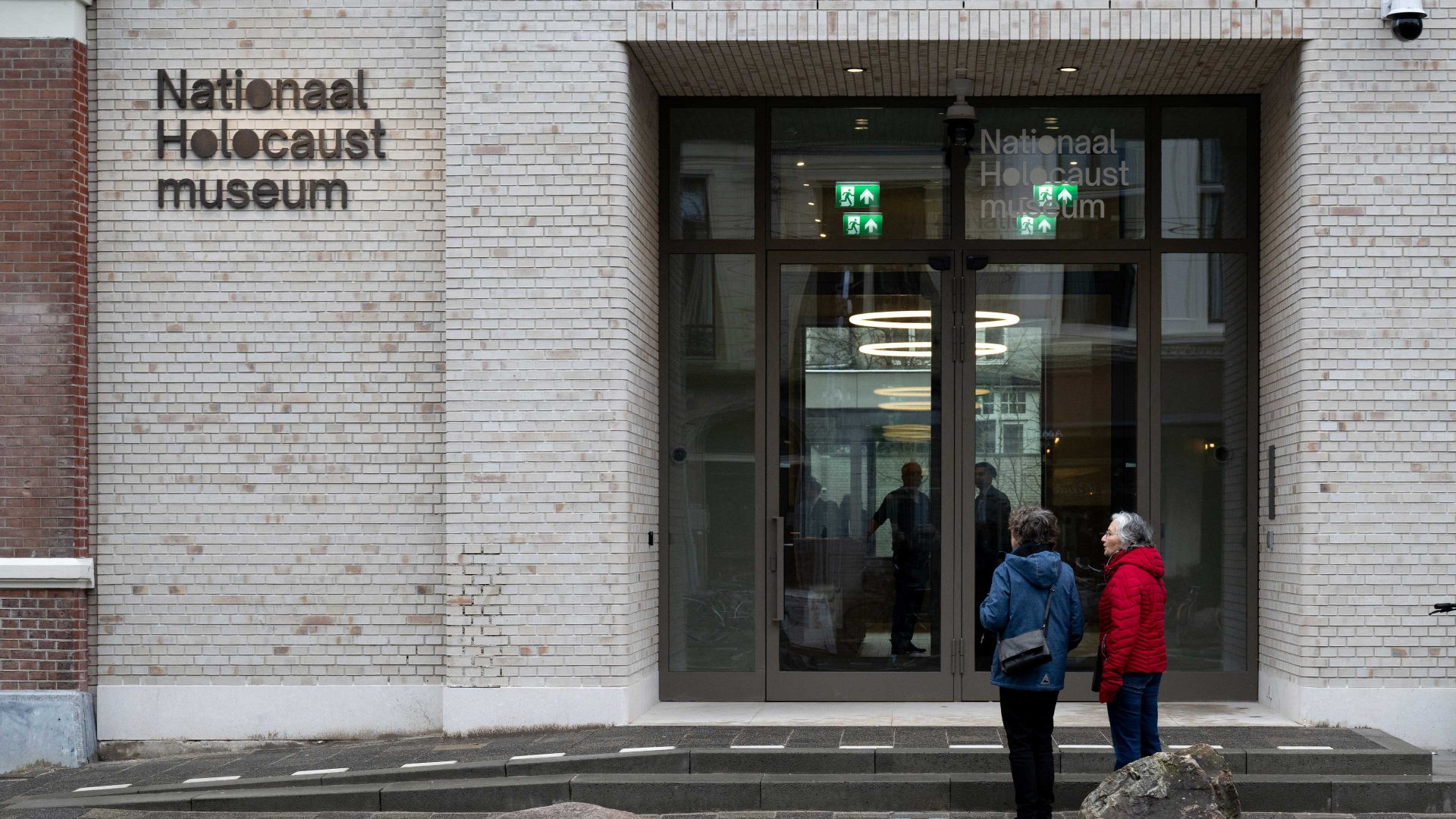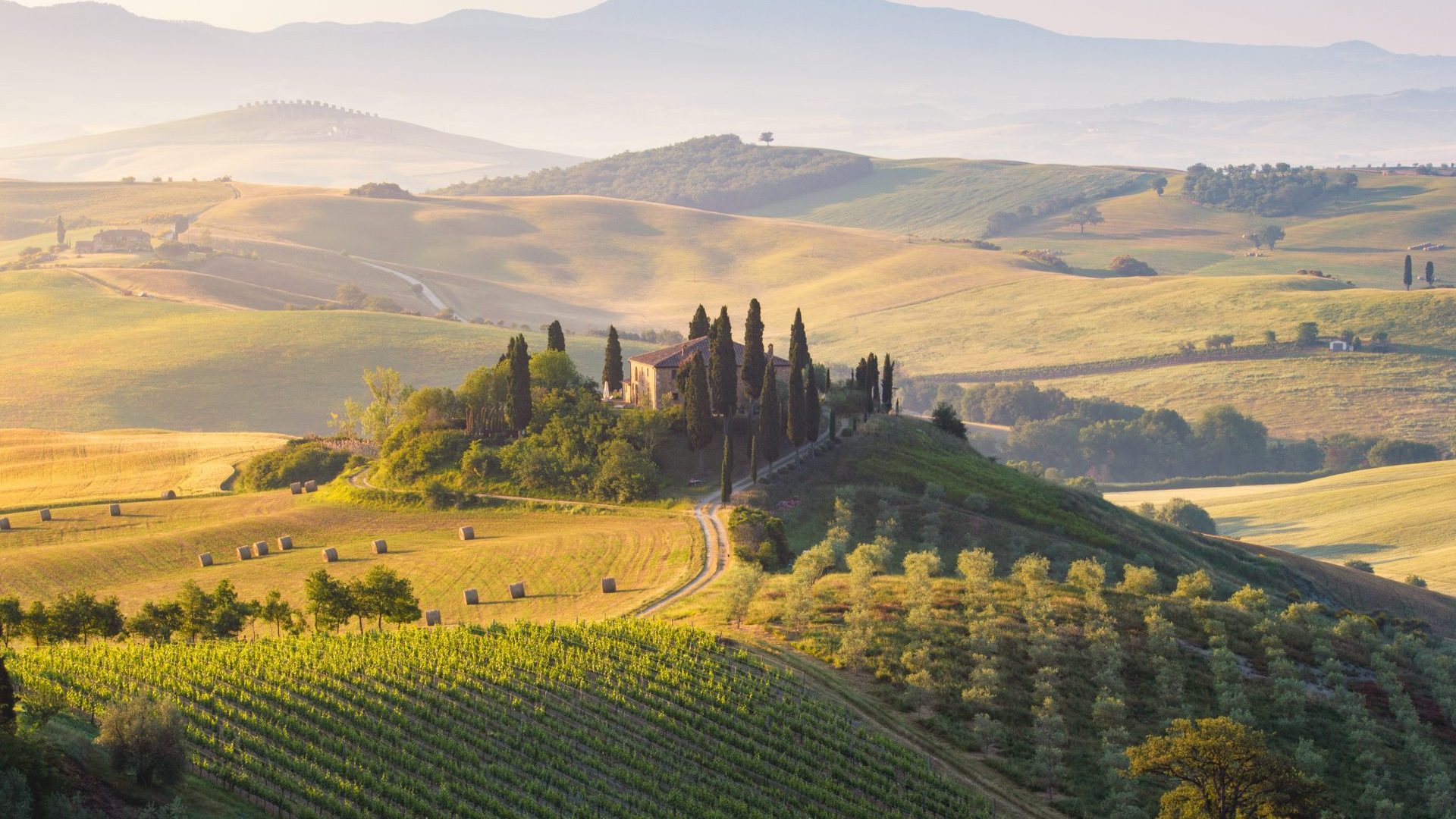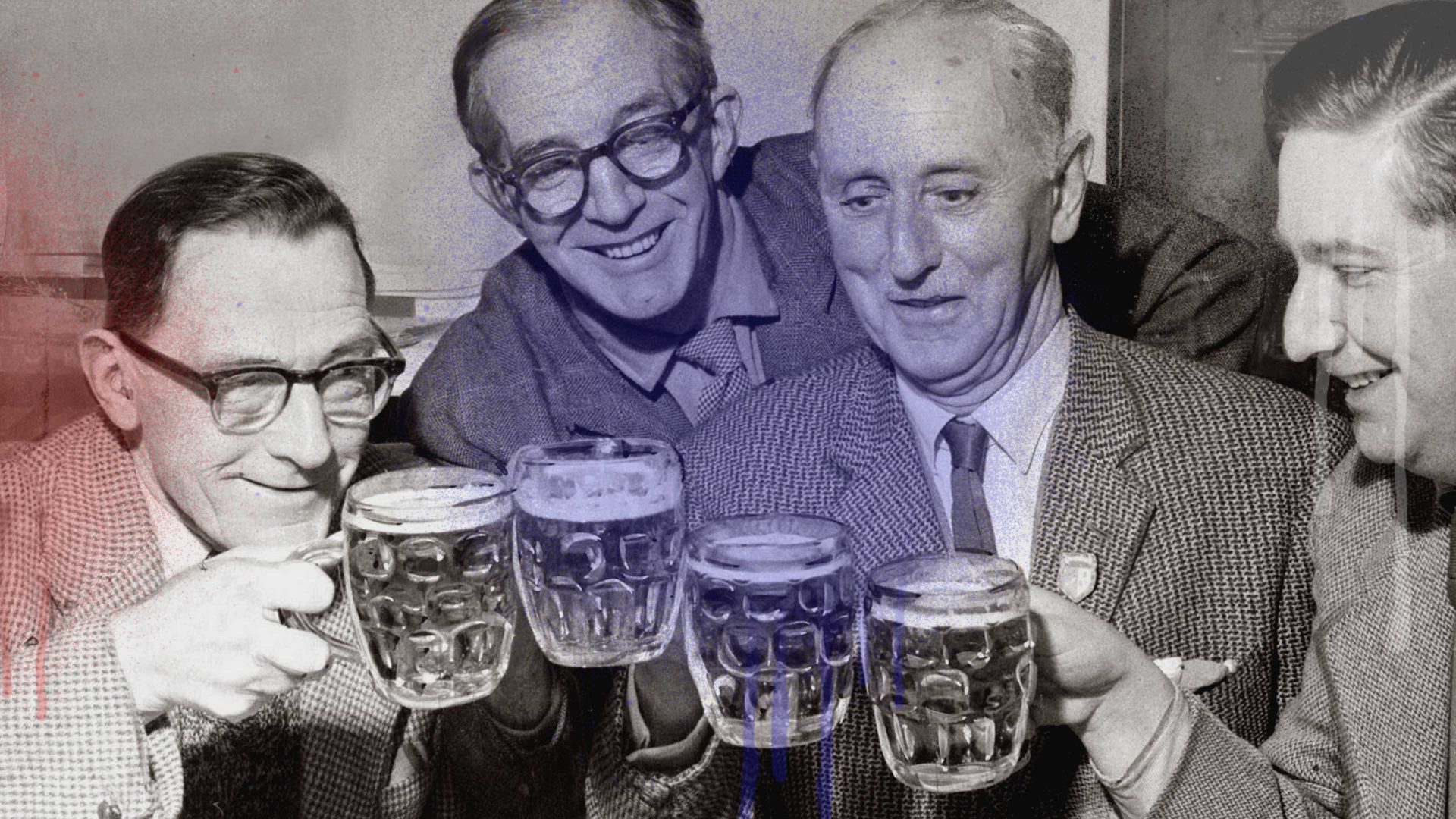The Dutch often seem to have a strained relationship with their past. Having been one of the main colonial powers, the country was late in acknowledging its excesses. A sizeable chunk of the population still takes pride in the glorious seafaring spirit of the old days. The way the Netherlands remembers the second world war is just as contentious.
For decades, the image of Dutch suffering was formed by Anne Frank and her diary, with the narrative focusing on resistance against the Nazis and the rescue of Jews who were placed in hiding. But the Netherlands was also the west European country with the largest percentage of Jews deported and killed. Anne Frank was betrayed, very possibly by a Dutch neighbour. It took a long time for this past to be officially acknowledged.
Now, there’s a new National Holocaust Museum in Amsterdam, almost 80 years after the war. There are plenty of other museums: a Jewish Museum, an Amsterdam historical museum, and a museum documenting the resistance against the Nazis. But this is the first one dedicated to telling the whole story of the darkest period in European history. Will it get it right?
My grandfather survived three concentration and death camps, and a death march. My other three grandparents were killed in the German industrial murder machine that for me, and I thought for many others, represents the heart of the unique evil of the Holocaust.
I toured the museum before it opened. Despite some admittedly gruesome images, I did not feel that somebody mostly ignorant of the Holocaust would really be able to get an inkling of the horrendous reality of what my grandparents went through. The death machine, the industrial process of genocide, was too diffuse and scattered, almost lost among an emphasis on individual storytelling.
The director of the museum and the surrounding Amsterdam Jewish Cultural Quarter, Emile Schrijver, explained to me that the museum’s main mission was “to show what happens when you dehumanise people”. The intention is to give deported and murdered Jews, Roma and Sinti back their identity and humanity. And a very good job has been done of showing the net closing around a targeted population.
Schrijver said that the museum had opted not to show a picture of a gas chamber at Auschwitz. “People look at an empty room,” he said, “and are still not able to imagine what it was like.”
The museum’s project leader, Annemiek Gringold, said: “Showing a large number of horrendous images of similar situations is, according to research and focus groups, not effective.” But if this central truth cannot be shown in all its overwhelming gruesomeness, I wonder how the history of the Holocaust can be transmitted at all.
Holocaust education has been a sore subject in the Netherlands for some time. Teachers report periodic animosity to it being taught. This is sometimes linked to immigrants from Arab and Muslim countries and their attitudes towards Israel. But most of the push-back and minimising of the Holocaust is to do with a decline in knowledge.
It’s in this context, and amid a rightward drift in the country, that the museum will have to attract visitors, including schools. It has already reported widespread interest. But I keep wondering whether it has gone too far in order to cater to an audience that is increasingly remote from the Holocaust.
When people visit, they will learn about the Dutch resistance and its rescue of Jewish children. There’s even a monument of “gratitude” to the admittedly heroic people who put their lives on the line. The museum is housed in a building that played an important role in that rescue. But taken all together, and now that there have been Gaza-related protests at the museum, the question remains of what impression a visitor will take home about the Holocaust and the Netherlands.
Ferry Biedermann is a freelance journalist based in Amsterdam



